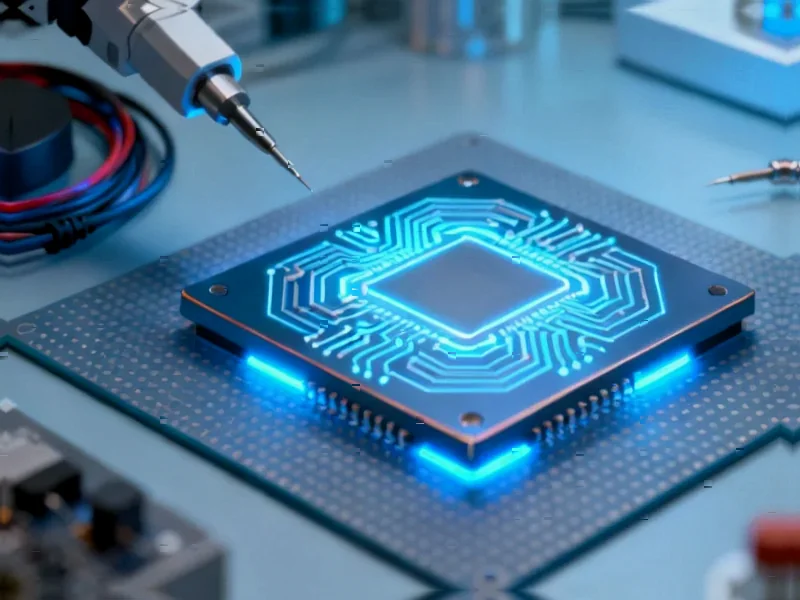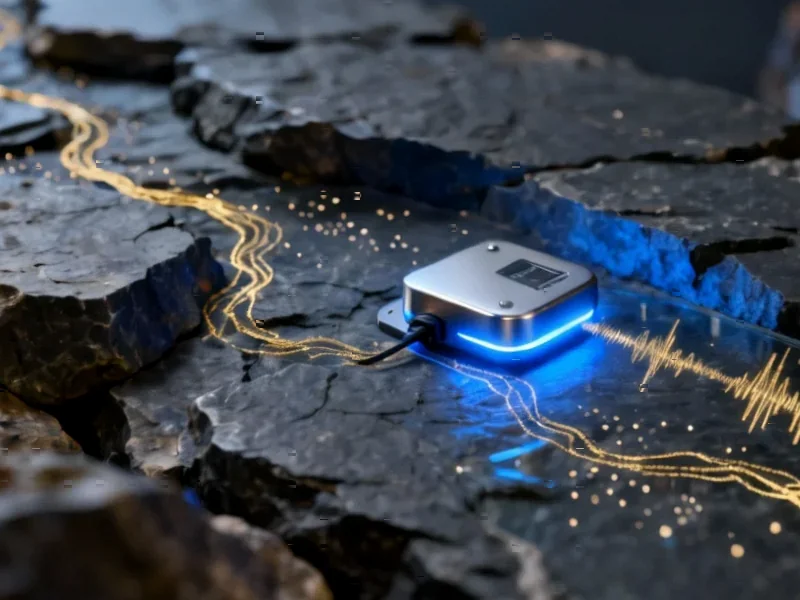According to POWER Magazine, data center operators are facing a new power quality crisis driven by AI and high-performance computing workloads. While traditional data centers had largely solved power quality issues, AI’s massive, sudden power surges are generating dangerous harmonics and subharmonics that distort voltage waves. These electrical anomalies can cause voltage fluctuations, frequency deviations, equipment overheating, and premature failure of sensitive AI hardware. The problem is compounded by high-frequency server switching and extreme weather events that amplify distortions through cooling systems. Crucially, traditional solutions like active harmonic filters and UPS systems can’t resolve subharmonics, creating a gap that new capacitive energy storage system (CESS) technology aims to fill.
Why This Is Different From Traditional Computing
Here’s the thing – traditional data center workloads were relatively predictable. They followed those smooth, rolling voltage waves that international standards from the mid-1990s were designed to handle. But AI processing is basically the electrical equivalent of throwing a rock into a calm pond. Those massive, uneven power bursts create chaos that traditional infrastructure just wasn’t built for.
And the consequences aren’t just contained within the data center walls. This “dirty” power can actually feed back into the grid itself, potentially damaging equipment miles away. We’re talking about a system-level problem that could affect your neighborhood’s power quality, not just some server rack in a distant building.
The Subharmonic Problem Nobody Saw Coming
Now here’s where it gets really interesting. Everyone was prepared for harmonics – those higher-frequency distortions that active filters can handle. But subharmonics? They’re oscillations at fractions of the base frequency, and they’re sneaky. Load pulsing from AI workloads makes them worse, and they can destabilize DC/DC converters while causing overheating that shortens chip lifespan.
Think about it – data centers are spending billions on AI chips, only to have them cook themselves because of power quality issues they didn’t anticipate. That’s a massive operational risk that could wipe out the ROI on those expensive GPU clusters.
What This Means for the Power Quality Market
So who wins here? Traditional UPS and power filter companies might see some headwinds if their solutions can’t handle subharmonics. But companies developing CESS technology and other advanced power conditioning systems are positioned for growth. We’re probably looking at a whole new category of power quality solutions emerging specifically for AI workloads.
And the financial stakes are enormous. When you’re dealing with AI inferencing that can’t tolerate milliseconds of disruption, power quality becomes a competitive advantage. Data centers that solve this problem will be able to offer higher reliability SLAs and potentially charge premium pricing. Those that don’t? They’ll be dealing with equipment failures, angry customers, and potentially spreading grid disturbances that could damage their reputation.
Basically, power quality just became a make-or-break issue for the AI infrastructure race. And the solutions can’t come fast enough.




